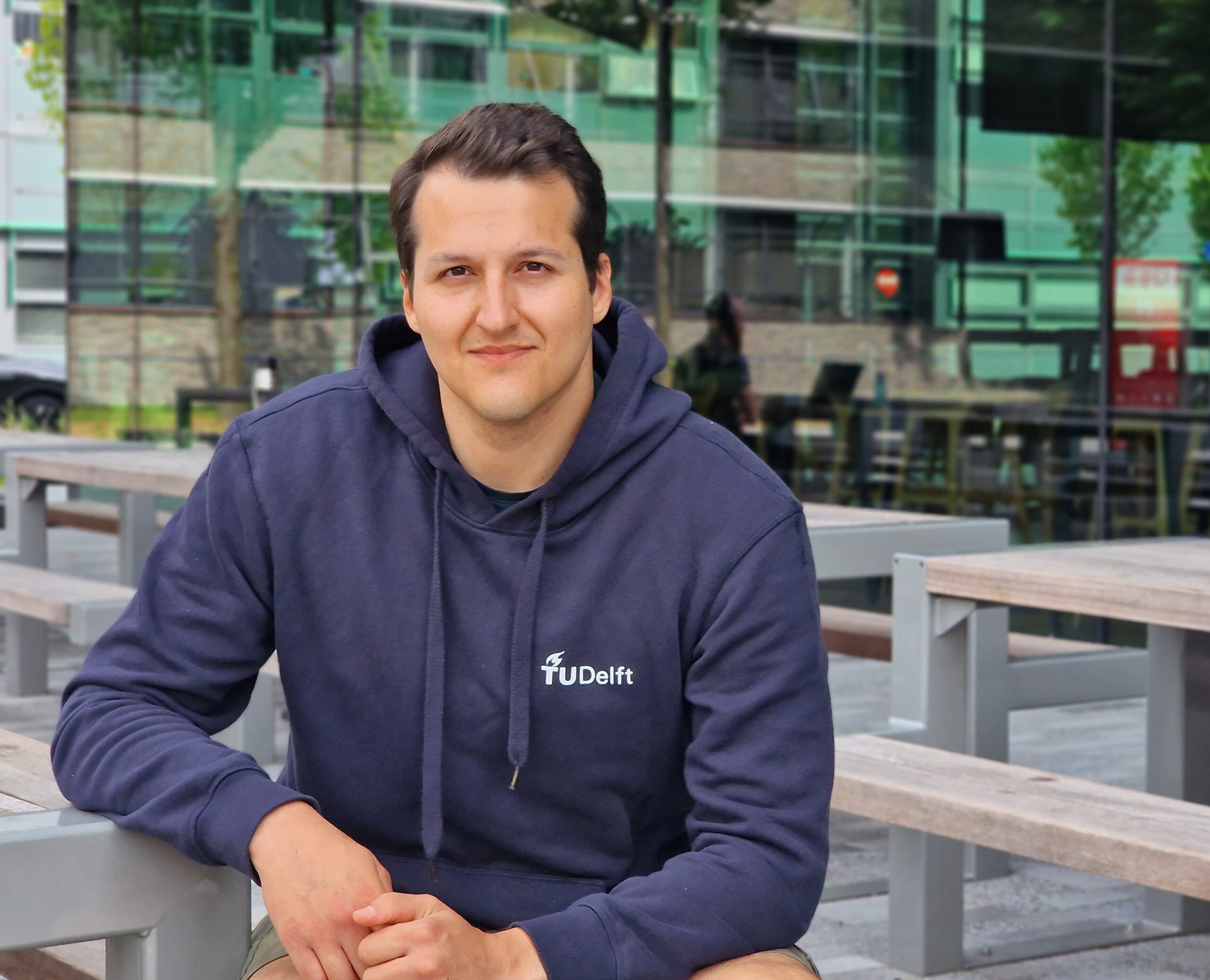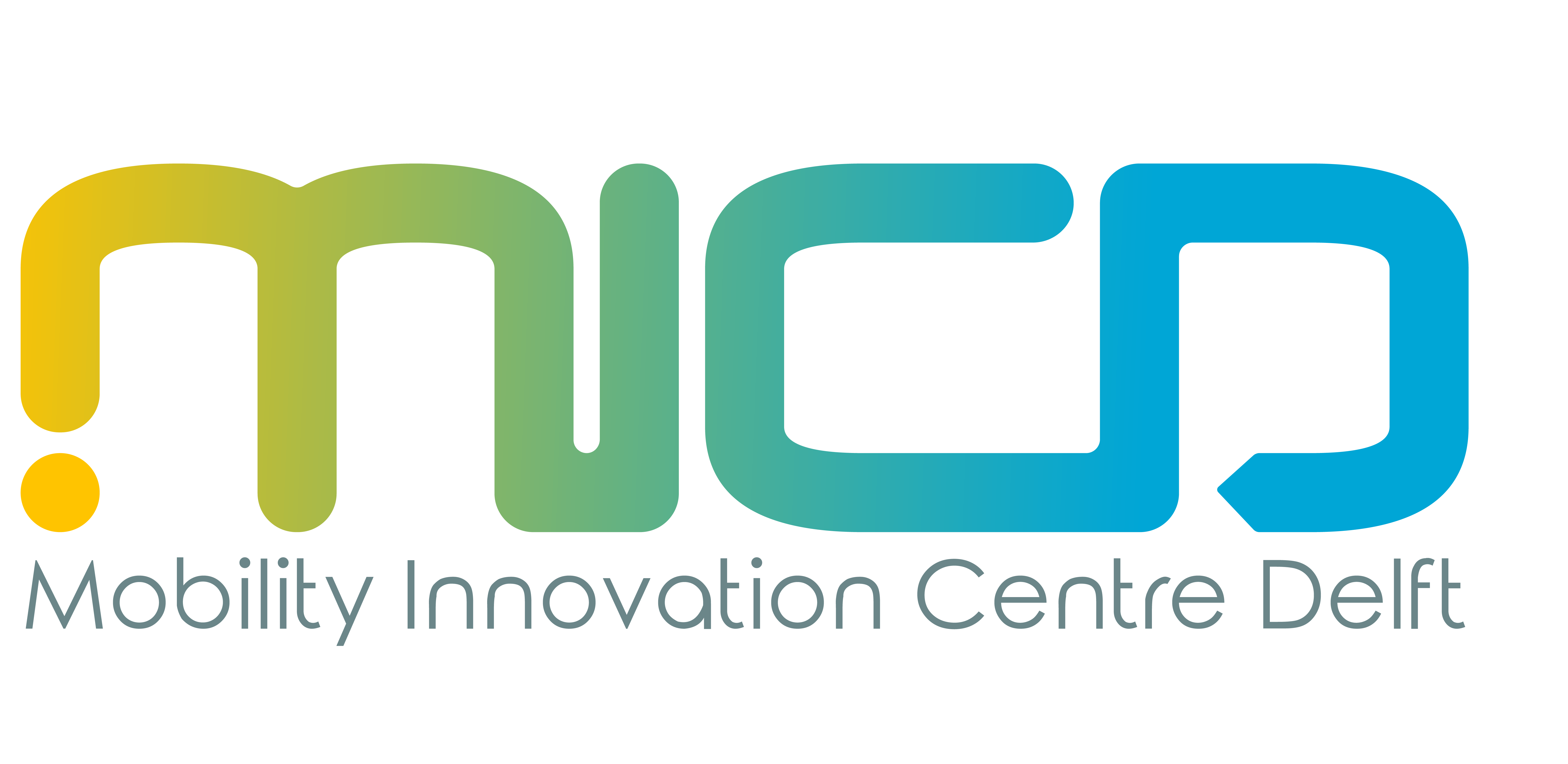Conventional traffic controllers treat users anonymously and equally. This has been the norm for decades, but wouldn’t it be better to take users’ preferences into account? Kayhan Tavassoli is working on a promising way to distribute priority – through auctions. He explains how this will help make our traffic fairer and safer.
Project Incentive mechanisms for cooperative connected traffic at local bottlenecks, Sep. 2021-Sep. 2024
Part of DIT4TraM
Team Serge Hoogendoorn, Marco Rinaldi, Andreas Hegyi
Parties TU Delft, Aimsun, Bordeaux Métropole, Gertrude, NeoGLS
What is the goal of your project?

Researcher Kayhan Tavassoli, PhD candidate at TU Delft
“The purpose of this project, which is a contribution to the DIT4TraM project, is to explore the prospects of aligning traffic control solutions with the interests of users. We do this by decentralizing control, in the sense that it is the road users themselves who collectively determine the sequence and duration in which different users get green, and by ensuring fairness through monetary compensation for delay across users.”
What makes the project relevant?
“The conventional approach to local traffic control distributes the right of way, which is allocated by traffic lights, across the road users to maximize the flow and minimize the chances of queue spillback. This treats users anonymously and equally. That is a good thing, but it comes at the cost of disregarding user heterogeneity and the fact that each road user perceives delay and stops differently, depending on many factors, say their age, physical capabilities, the weather, and if they are in a hurry. Think of a cyclist and a car driver at an intersection, on a rainy day. They certainly perceive delay very differently! Treating them equally could be unfair and lead to non-complying behaviors that jeopardize both safety and flow.
“This whole issue has been tolerated as the norm for decades as the technological limits didn’t allow for any trade-off across users. But now vehicular-to-infrastructure communication technologies have advanced enough to allow for transmitting real-time information and processing individualized payments while guaranteeing privacy. So, now it makes sense to conceive of incentives, in the form of both payments and charges, as a potential means to consider user heterogeneity and make trade-offs across users’ costs.”
How do you do that?
“We aim to distribute right of way and make the trade-off across users through an auction. This requires users to state their value of time and preferences in weights using an app on their phone or vehicle before they start their trip. The app communicates these prerferences along with other relevant real-time information to each traffic control system that they approach. The installation then solves an optimization problem in an auction, to generate green-time sequence and durations, to the collective of users’ interests. Then individualized charges or payments across all users are processed. So, each user could be paid or charged depending on their delay at the intersection and how their right of way affects other users. It also makes it possible for policymakers to intervene and incentivize certain user classes, say cyclists, by sponsoring their prioritization.
“Of course, it is key to ensure users’ truthfulness, so that everyone is treated fairly based on their real preferences. We don’t want people to game the auction and view it as a source of revenue. The design aims a fool-proof auction that maximizes users’ interests only if they state their real preferences.
“With Aimsun and Bordeaux Métropole on board, we validate our methods by running simulations of different scenarios, followed by a real-life pilot that will be carried out at two intersections in Bordeaux (France), with the policies of bicycle and HOV priority. We will be able to assess the applicability of our methods and how our solutions affect multimodal traffic performance. We expect valuable feedback to account for unforeseen operational hazards and technical challenges.”
What have been the results so far?
“As our first step, we extensively surveyed the scientific literature and the technological status quo that substantiates the potentials and technical feasibility of our approach in view. Furthermore, we have developed methods to continually improve the timing and sequence of the green light through advancing insight. Currently, we’re setting up our algorithms for the simulation software. Hopefully, we’ll observe significant improvements in the traffic flows of these intersections.”
